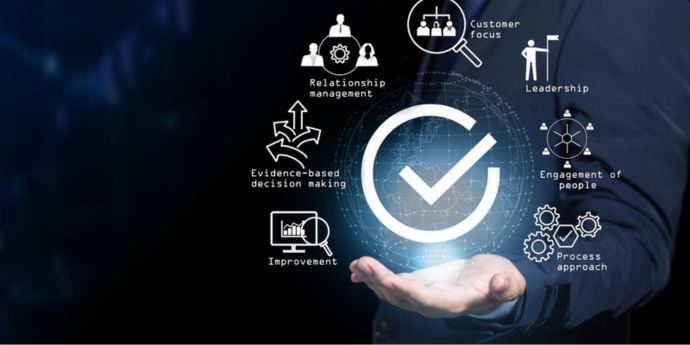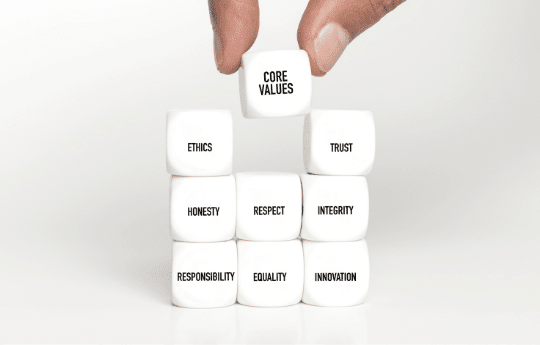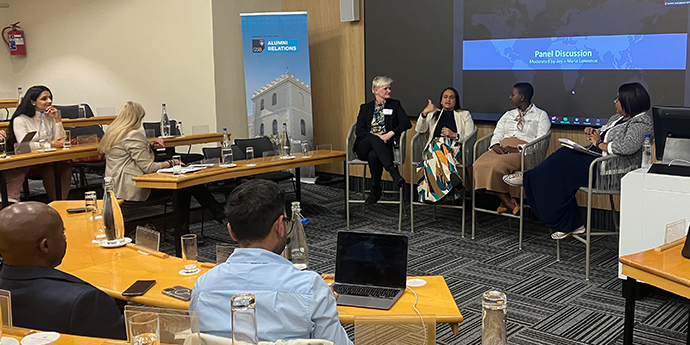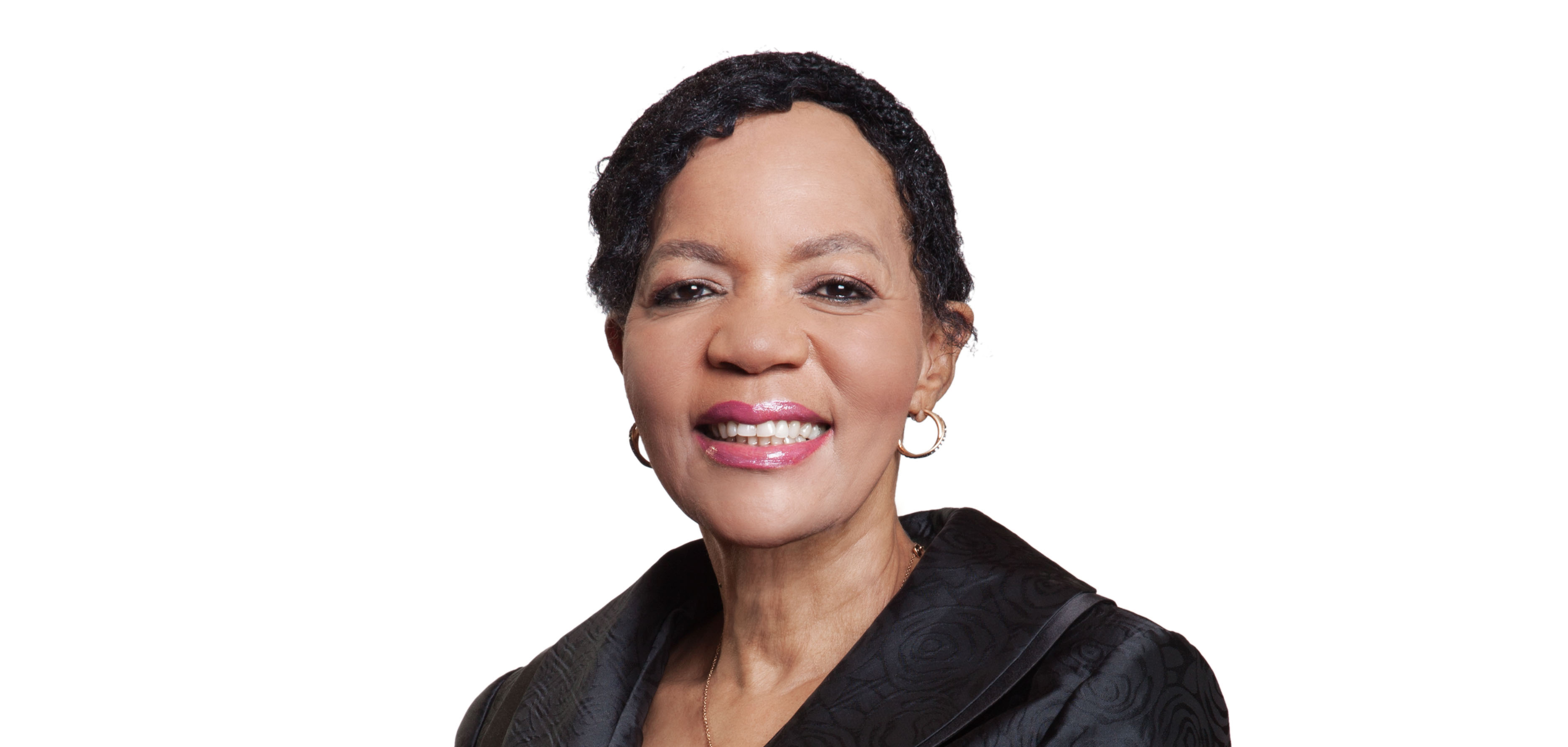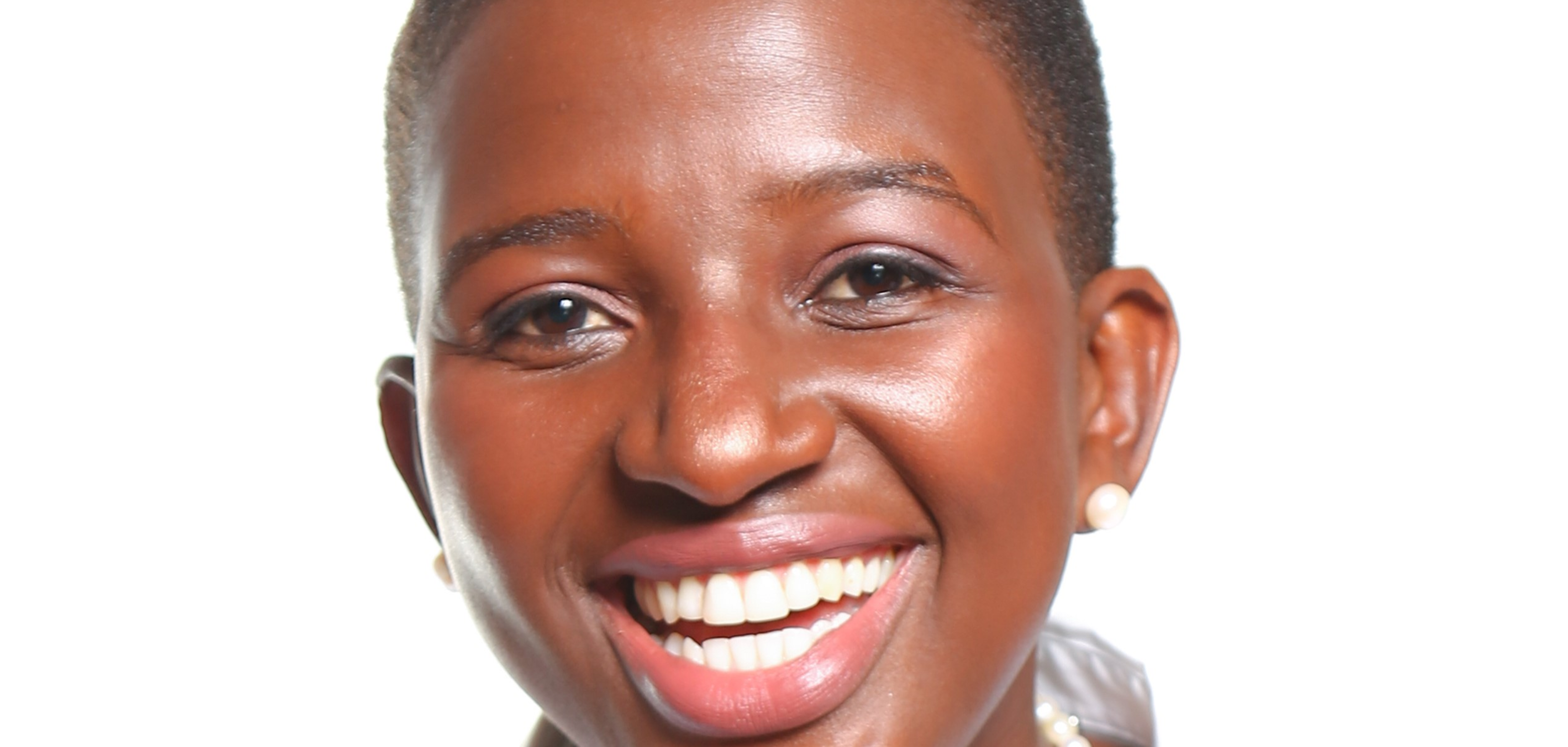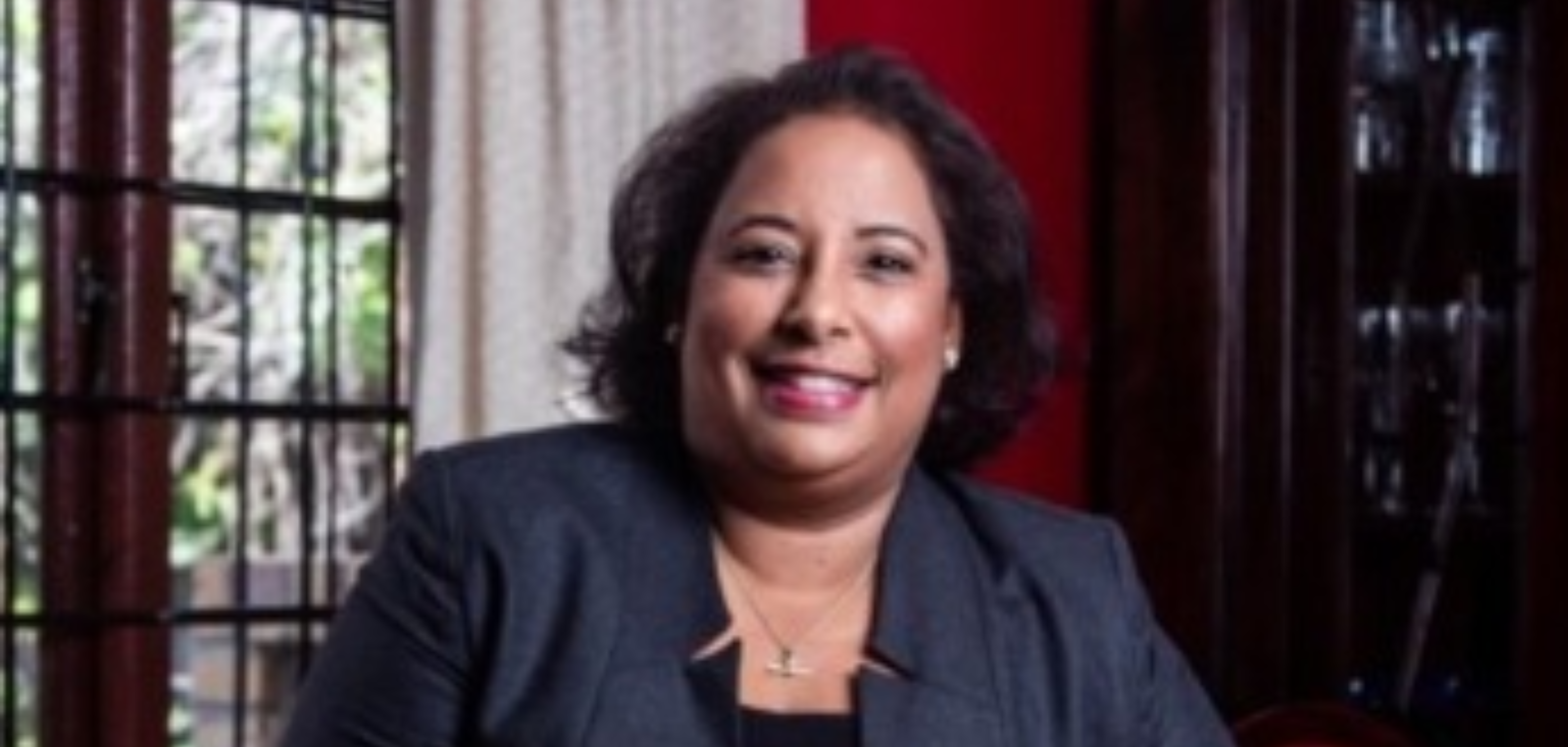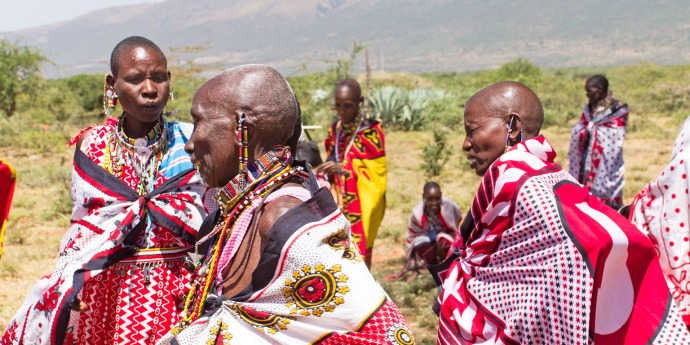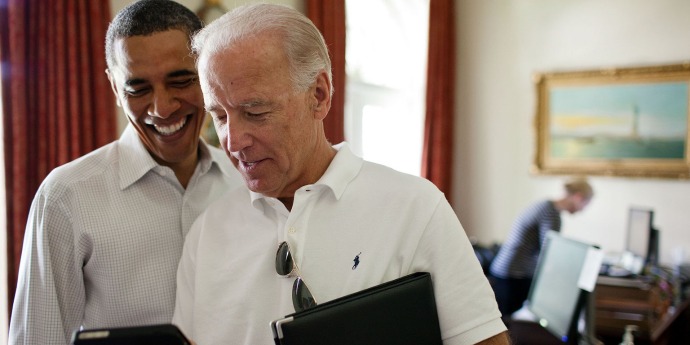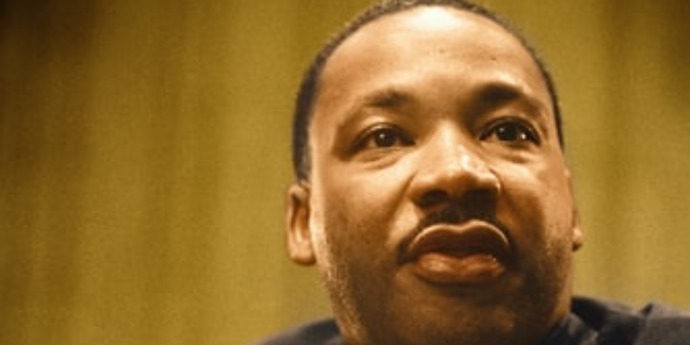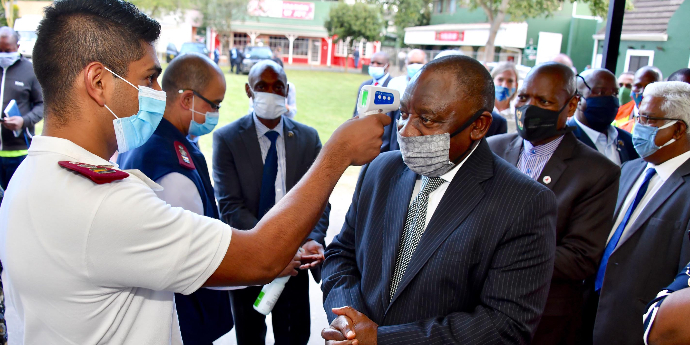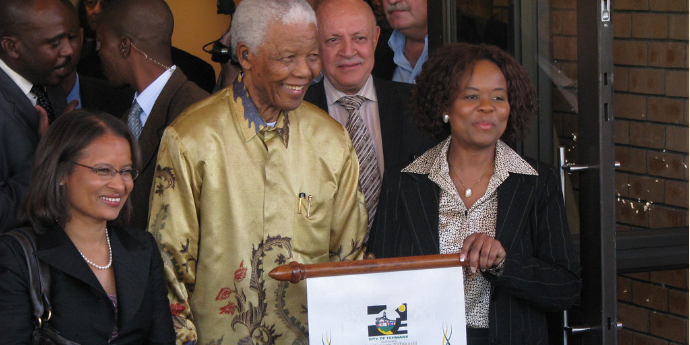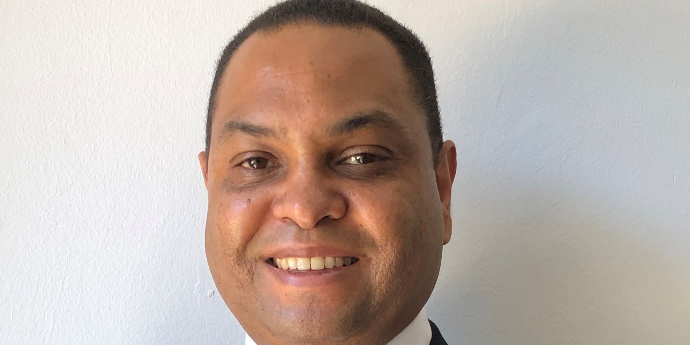Mustafa F. Özbilgin, Professor of Organisational Behaviour at Brunel Business School, London, was a recent guest of the UCT GSB as part of the quarterly Allan Gray Speaker Series. This is an extract of his presentation The impact of atypical leaders on diversity beliefs
Q: Firstly, what is an atypical leader?
A: Atypical leaders are those who come from diverse, disenfranchised traditionally underrepresented backgrounds. Innovators from the margins is another definition. They change the very nature of leadership by belonging to an underrepresented group. An example of an atypical leader might be Indra Nooya, the former CEO of PepsiCo. Then you have the prototypical leader, of which Mandela is a notable example. And then you have the typical leader, Trump. The WEF found that 68% of world leaders today are incompetent. If you look at data from Lean-In, 68% of C-Suite members in the USA are white males. We live in hope that the future of leadership will be diverse but not much has changed in the past 15-16 years.
Q: Why are there so many toxic leaders in the world today?
To understand where we get our concept of leadership from, we need to understand what constitutes a traditional leader. They are entitled people, aristocrats, royalty, people who have risen through the ranks of the military. They didn’t come through the scientific route. Through the democratization of education we have created inroads for people to become educated and we’ve trusted them to become leaders. There are still two competing routes to leadership. Earned privilege and unearned privilege. Just because you come from the right family, you’re the right colour, class, gender, sexual orientation etc means that you can be incompetent but still make it. If you come from a diverse background you can’t, you have to pay your dues and prove your competence.
We have alternative routes to leadership: scientific through education, competence and performance. But in the UK for instance, the aristocracy is far more likely to be represented. If you look at rectors in UK universities, 90% have royal links.
The pool of typical leaders is a really shocking intersection of two categories — gender and ethnicity. This is reduced to 60% when you exclude people based on these. If you add sexual orientation, disability and class, the pool of typical leaders reduces to just 20% and the proportion of atypical leaders becomes more typical. More than 80% of potential atypical leaders come from atypical backgrounds. We are losing a lot of talent by continuing to seek leaders from the typical band. If there is a war for talent, why are we not seeing more black people? Because the war is recruiting from the 20% pool. Organisations are still holding on to that nostalgia from the past despite changes in education.
Q: If Barack Obama falls into the atypical leader category, isn’t this evidence that we are starting to select our leaders from atypical backgrounds?
This is interesting because when an atypical leader is selected, this can prove very problematic. After the selection of Obama I was talking to a colleague in the field of social comparison. He says it spells negatively for the future of the USA because it will be considered as having been achieved, which means we can move on. When an atypical leader reaches a significant position, the next person’s chances are dramatically reduced. Why don’t people question the majority? It’s a bit like the notion of women being bad drivers. If one woman drives badly, people reach the conclusion that women can’t drive. There are plenty of men out there driving badly, but nobody seems to conclude that men can’t drive.
Q: So what happens when these beliefs become entrenched? Why do we have atypical leaders today?
A: This is due to social movements such as anti-slavery, feminist, and LGBT, which have brought people from atypical backgrounds into the mainstream. At the institutional level there are some interesting changes that make it possible for atypical leaders to make inroads. There is the drive for meritocracy. Organisations are pushed to employ people that are competent and can perform. A key cost for organisations today is human resources. Interestingly, our trust today is at an all-time low — we don’t trust the police, the judiciary, corporates etc. However our social expectations for justice are at an all-time high. What kind of categories are protected? Compare for instance, gender equality today with that of our grandparents? Equality has been demanded by social movements. At the status belief level, people are intolerant of inequality. We are now seeing examples of atypical leaders from all walks of life and we get very hopeful about them, thinking that the future will be bright.
In the public discourse, atypical leaders occupy a very interesting world. They almost speak two languages. They come from a culture that is alien to the culture they join. There is no diversity of underperforming people at the top. I always joke that when we have that, then we have equality.
Atypical leaders are at a crossroads, and it’s difficult to navigate between orthodoxy and heterodoxy. If you join the elite, you are blamed by your community. For example black leaders are called oreos and coconuts. If women join the men’s club they are seen as one of the boys. They can be critical but they have to tread a fine line. We humans don’t question our own privileges. There is a tendency to believe that we are self-made. We don’t see the unearned or earned privileges we have. In this road of ‘unquestioning’, there are two routes. You can either reflect or you can join the elite. If you take the orthodox route and join the elite habitus and adopt their behaviours, you can be penalized for behaving like the elite. The other route is heterodoxy. If you are reflexive, you can be called other names by the elite, you become the problem. You’re seen as too radical.
There is also the matter of self-interest. People join the elite and remain silent as it serves them well. If they don’t have strong ties to community and are not afraid to be called names, they can be quiet and serve as a token person. Alternatively they can resist and show some reflexivity and adopt a healthy distance from the elite they joined. They can say this will end with me. I will join the elite and become a leader but I will not behave in the same way as the old elite.
Q: Is there a difference in how this plays out in organisations that are stable versus those that are in crisis?
A: When Iceland experienced their financial collapse in 2008, the next PM they appointed, Jóhanna Sigurðardóttir, was a lesbian. There’s this hypothesis of the glass cliff. Women are invited to join the leadership ranks when the position has become precarious or risky. If it was a success story, men wouldn’t have left the position. There’s a book by Barbara Reskin, “Job Queues, Gender Queues: Explaining women’s inroads into male occupations (Women in the Political Economy). Men in particular, have been very successful in kicking out women in lucrative senior positions.
But also in very healthy organisations which perform well, ideas of merit and talent can be a barrier to atypical leadership. Who defines merit? To give you an example of a stable environment, judges in the UK are the highest paid officials. To become a senior judge, you need to undergo various psychometric tests and role play at an assessment centre, which costs 50, 000 pounds. There was a female candidate with a glowing CV who was ideally suited to the position, but she had been eliminated. We were invited to do research as there were no female judges from atypical backgrounds and I was interested to know why she was eliminated. Everything is recorded so I watched the video and noted that she was eliminated for approaching the bench because she couldn’t see the defendant. She was signed off for showing favouritism. But her seat was suited for a man with a 6’4 stature. Men define merit not only in process but in space. The way you use it can cause you to be rejected. Another example, the House of Lords didn’t have a female toilet until 1980 so women had to go elsewhere. It was the same for many companies, women were not made to feel welcome. These notions are not neutral. They have varied impacts on different groups, and unsurprisingly atypical people find it more difficult to get their qualifications or degrees recognized as appropriate for the position. If you’re a group of people defining talent in your own terms, it is very difficult for atypical people to be seen by you.
Q: How do you break the reinforcing duality that exists? What is the way forward?
One of the main challenges is that we are attempting to fix people. It’s not the people that need to change, it’s the institutions, so that those institutions don’t consider people from atypical backgrounds a problem.
Another thing is to change the way we manage leadership emergence, how we look for and select leaders. We are still relying on recruitment agencies and they are poorly trained. In the UK anybody can be a recruitment agent. We need to create monitoring and accountability mechanisms for leadership emergence, in order to control the process.
Q: What is your view on enforcing quotas in the workplace?
Quotas are very important to addressing the gender pay gap. The market has inequality embedded in it. If you don’t apply rigid rules and simply leave it to the market, it will never apply equality in itself, hence the need for regulation. If women ask for more pay they are considered ambitious. If men do, they’re called committed. If you leave it up to the market, the market will interpret that in the same way. We need to regulate the market or the same penalties will apply to ethnic minorities, people with disabilities and people with different sexual orientations.

